Home>Garden Essentials>When To Seed Bahia Grass In Florida
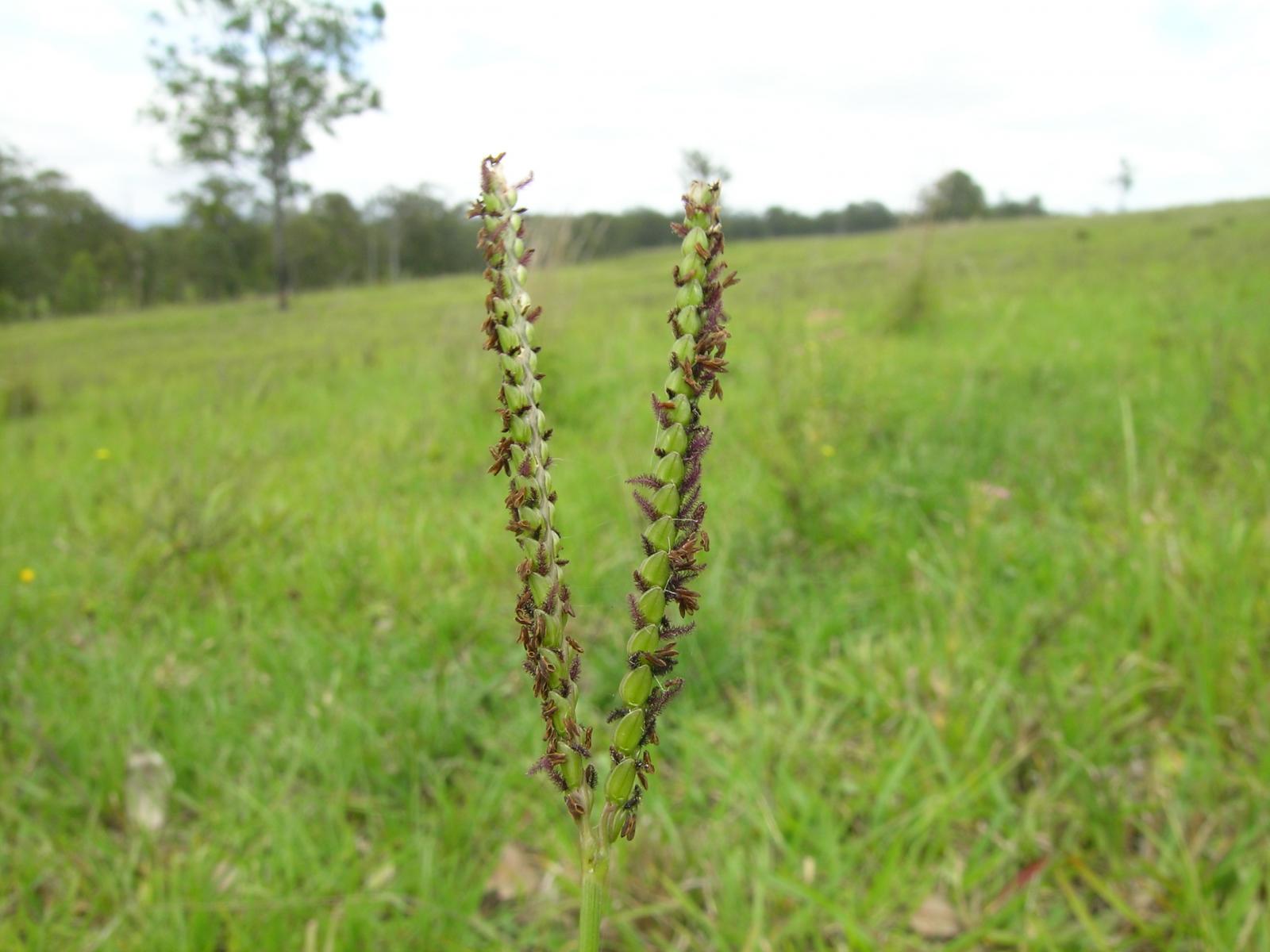

Garden Essentials
When To Seed Bahia Grass In Florida
Modified: March 15, 2024
Get your garden ready for a lush landscape with Bahia grass in Florida. Discover the best time to seed and cultivate a thriving garden with our expert advice.
(Many of the links in this article redirect to a specific reviewed product. Your purchase of these products through affiliate links helps to generate commission for Storables.com, at no extra cost. Learn more)
Introduction
Gardening enthusiasts in Florida often turn to bahia grass as their choice for a beautiful and resilient lawn. This warm-season grass is well-suited to the state’s climate and can withstand the challenges of the Florida heat and humidity. Whether you’re starting a new lawn or rejuvenating an existing one, seeding bahia grass is an excellent option.
In this article, we will explore the best time to seed bahia grass in Florida and provide you with essential tips for successful seeding. Understanding the unique characteristics of bahia grass, as well as the climate and soil considerations, will help you achieve a lush and healthy lawn.
So, let’s dive in and discover when and how to seed bahia grass to ensure a vibrant and enduring lawn that will be the envy of the neighborhood.
Key Takeaways:
- Bahia grass is best seeded in late spring or early summer in Florida, when soil temperatures are around 65°F or higher. Proper soil preparation, watering, and care are crucial for its successful establishment and long-term growth.
- Selecting the right seed variety, preparing the soil, and providing proper care are essential for seeding a lush and resilient bahia grass lawn in Florida. Monitoring for common issues and troubleshooting promptly will help maintain its health and vitality.
Read more: How To Overseed Bahia Grass In Florida
Understanding Bahia Grass
Bahia grass, scientifically known as Paspalum notatum, is a warm-season perennial grass that is native to South America. It has gained popularity in Florida due to its ability to thrive in sandy and well-drained soils, making it ideal for the state’s coastal regions. Bahia grass is known for its deep roots, which help it withstand drought conditions and recover quickly from damage.
One of the key features of bahia grass is its high tolerance for heat and humidity, making it suitable for Florida’s challenging climate. It is also resistant to most diseases and pests, helping homeowners save time and money on maintenance. Additionally, bahia grass has a dense root system that prevents erosion and improves soil structure, making it an excellent choice for areas prone to runoff.
In terms of appearance, bahia grass has a unique texture and color. Its blades are flat and wide, ranging in color from light green to deep green. It grows in clumps and forms a dense and coarse lawn. While the coarse texture may not be as soft as other grass varieties, it provides excellent durability and resilience.
It’s important to note that bahia grass requires plenty of sunlight to thrive. It typically performs best in areas with at least six hours of direct sunlight per day. If you have shady areas in your lawn, bahia grass may not be the ideal choice, as it tends to thin out and become less healthy in such conditions.
Overall, bahia grass is an excellent option for homeowners in Florida seeking a low-maintenance and resilient grass variety. Understanding its unique characteristics will help you make informed decisions when it comes to seeding and maintaining your bahia grass lawn.
Climate and Soil Considerations
When it comes to seeding bahia grass in Florida, understanding the climate and soil considerations is crucial for the success of your lawn. Bahia grass thrives in warm climates and is most commonly found in the southern parts of the state. It is well-suited to Florida’s hot and humid weather, making it an ideal choice for homeowners looking for a resilient grass variety.
In terms of soil, bahia grass prefers sandy or well-drained soils. It does not perform well in heavy clay or compacted soils. Sandy soils allow for proper root development and water drainage, which are essential for the health and longevity of bahia grass. If your soil is heavy or compacted, consider adding organic matter such as compost to improve its texture and drainage.
If your lawn has poor soil quality, it’s advisable to conduct a soil test before seeding. This will help you identify any nutrient deficiencies or pH imbalances that need to be corrected. Based on the results of the soil test, you can amend the soil with the appropriate fertilizers and amendments to create a favorable environment for bahia grass growth.
Another important consideration is the availability of water. While bahia grass is relatively drought-tolerant, it still requires regular watering, especially during its establishment phase. Adequate irrigation is crucial for the development of a strong root system. If you’re located in an area with water restrictions, it’s essential to plan your watering schedule accordingly to ensure the health of your newly seeded bahia grass.
Lastly, it’s important to assess the site’s exposure to sunlight. Bahia grass thrives in full sun and requires at least six hours of direct sunlight per day for optimal growth. If your lawn has shaded areas, consider alternative grass varieties or address the shade issue by trimming trees or shrubs to allow more sunlight to reach the grass.
By considering the climate and soil conditions specific to your Florida location, you can create an ideal environment for seeding bahia grass and ensure the long-term success of your lawn.
Best Time to Seed Bahia Grass
Choosing the right time to seed bahia grass is essential for its successful establishment and growth. In Florida, the best time to seed bahia grass is during the late spring or early summer when the soil temperature reaches around 65°F (18°C) or higher.
Seeding bahia grass during this time allows for optimal germination and root development. The warm soil temperatures create favorable conditions for the seeds to sprout and establish a strong root system before the onset of the hot summer months.
It’s important to note that bahia grass is a warm-season grass, meaning it thrives in the warmer months and may go dormant during the cooler winter months in Florida. By seeding in late spring or early summer, you allow the grass to establish itself and become well-established before the cooler temperatures arrive.
It’s advisable to avoid seeding bahia grass during the winter or early spring when the soil is still cool and temperatures can drop below the optimal range for germination. Planting during these periods may result in slower growth and an increased risk of seedling failure.
It’s also worth considering the rainy season in your specific Florida region. Seeding bahia grass in the midst of heavy rainfall can wash away the seeds or lead to uneven germination. It’s best to time your seeding when the rain is more moderate and the soil can soak up the moisture without becoming waterlogged.
Ultimately, the specific timing may vary slightly depending on your location within Florida and local weather patterns. Pay attention to soil temperature, rainfall patterns, and the general climate in your area to determine the ideal time to seed bahia grass for optimum results.
Preparing the Soil for Seeding
Properly preparing the soil before seeding bahia grass sets the foundation for a successful lawn. Here are the key steps to follow:
- Clear the area: Remove any existing weeds, rocks, or debris from the area where you plan to seed. This will create a clean surface for the new grass seeds to take root.
- Test the soil: Conduct a soil test to assess the pH levels and nutrient content of the soil. This will help you determine if any amendments are needed to create an optimal growing environment for bahia grass.
- Amend the soil: Based on the soil test results, add any necessary amendments, such as lime to adjust the pH or organic matter to improve soil structure. Incorporate these amendments into the soil by tilling or raking the area.
- Level the surface: Ensure that the soil surface is smooth and even. Use a rake or gardening tools to fill in any low spots and remove any high spots. This will prevent water pooling and promote uniform seed germination.
- Loosen the soil: If the soil is compacted, use a tiller or a garden fork to loosen it. This will improve water penetration and root development.
After prepping the soil, it’s important to water it thoroughly and allow it to settle for a few days before seeding. This will help compact the soil slightly and create a stable base for the grass seeds.
Remember to follow the instructions provided on the grass seed packaging for specific recommendations on soil preparation and seeding rates. Different brands or cultivars may have slightly different guidelines.
By taking the time to prepare the soil properly, you are setting the stage for healthy growth and a thriving bahia grass lawn.
The best time to seed Bahia grass in Florida is during the late spring or early summer, when the soil temperature is consistently above 65°F. This will give the seeds the best chance of germinating and establishing a healthy lawn.
Read more: When To Plant Bahia Grass
Selecting the Right Seed
Choosing the right seed is crucial for achieving a lush and resilient bahia grass lawn in Florida. Here are some key factors to consider when selecting the seed:
- Variety: There are several varieties of bahia grass available, each with its own unique characteristics. The most common varieties used in Florida include Pensacola, Argentine, and Paraguay. Consider factors such as leaf texture, growth rate, and desired maintenance level when selecting the variety that best suits your needs.
- Purity: Ensure that the seed you choose is pure and free from weed seeds or other contaminants. Look for reputable suppliers and check the seed packaging for information on purity and germination rates.
- Fertility: Consider the fertility of the seed. Bahia grass seed that has been treated with fungicides and coated with nutrients can help improve germination rates and early growth. However, keep in mind that these coated seeds may be more expensive.
- Quality: Look for seeds that are fresh and of high quality. Avoid seeds that appear discolored, damaged, or have a foul odor, as this may indicate poor viability.
- Recommended planting rate: Follow the recommended planting rate indicated on the seed packaging. Planting too densely can result in competition for resources, while planting too sparsely may lead to gaps in the lawn.
It’s also worth considering purchasing certified or professionally blended seed mixes specifically formulated for Florida conditions. These blends often combine different varieties of bahia grass that complement each other, ensuring a dense and uniform lawn.
Remember to store the seed in a cool and dry place until you’re ready to sow it. Proper storage helps maintain seed viability and prevents it from deteriorating prematurely.
By carefully selecting the right seed variety and ensuring its quality, you set yourself up for success when it comes to seeding a beautiful and resilient bahia grass lawn in Florida.
Seeding Methods
When it comes to seeding bahia grass in Florida, there are a few different methods you can choose from. Here are some of the common seeding methods:
- Hand Broadcasting: This method involves manually scattering the seeds by hand. It is suitable for small areas or areas with irregular shapes. Ensure that the seeds are distributed evenly to achieve uniform coverage.
- Machine Broadcasting: Using a seed spreader or a mechanical seeder can make the process faster and more efficient, especially for larger areas. Set the seeder to the appropriate rate according to the recommended planting rate provided on the seed packaging.
- Hydroseeding: Hydroseeding involves mixing the seeds with a slurry of water, mulch, and other additives to create a thick mixture that can be sprayed onto the soil. This method allows for better seed-to-soil contact and can promote faster germination. Hydroseeding is typically done by professionals and is suitable for larger areas or areas with challenging terrain.
Depending on the method you choose, it’s important to ensure proper seed-to-soil contact. This can be achieved by gently raking the seeds into the top layer of soil or lightly rolling the area after seeding to press the seeds into the soil.
Additionally, consider applying a thin layer of straw or other organic mulch over the seeded area to help retain moisture and protect the seeds from birds or strong winds. Avoid applying too thick of a layer, as it may impede seed germination.
Remember to water the seeded area immediately after seeding and continue to keep the soil consistently moist during the germination and establishment period. Watering lightly and frequently is preferable to heavy and infrequent watering, as it helps prevent soil erosion and promotes a healthy root system.
By selecting the appropriate seeding method and ensuring proper seed-to-soil contact, you can maximize the germination and establishment of your bahia grass lawn in Florida.
Caring for Newly Seeded Bahia Grass
Proper care is essential for the successful establishment of newly seeded bahia grass in Florida. Here are some important steps to follow to ensure its healthy growth:
- Watering: Water the newly seeded area immediately after seeding and continue to keep the soil consistently moist. Watering lightly and frequently, preferably two to three times a day, helps promote seed germination without causing waterlogging or runoff. As the grass begins to establish, gradually reduce the frequency of watering but increase the amount of water applied to encourage deeper root growth.
- Mowing: Wait until the bahia grass reaches a height of approximately 3-4 inches before mowing for the first time. Set the mower height to about 2-2.5 inches to avoid cutting the grass too short, as this can stress the newly established plants. Regular mowing, usually once a week, at the recommended height will help maintain the healthy growth of bahia grass and prevent weeds from taking over.
- Fertilizing: Wait until the bahia grass has been established for at least 4-6 weeks before applying a slow-release fertilizer. Choose a fertilizer specifically formulated for bahia grass and follow the recommended application rates. Generally, bahia grass benefits from fertilization in late spring or early summer, after the grass has fully greened up and is actively growing.
- Weed control: Monitor the newly seeded area closely for weeds and take appropriate action to control them. Avoid using herbicides on the newly seeded grass, as it can harm or kill the developing bahia grass. Instead, hand-pull or spot-treat weeds as necessary until the grass becomes established and can handle herbicide applications if needed.
- Avoid heavy foot traffic: During the establishment phase, it’s advisable to avoid excessive foot traffic on the newly seeded area. This will prevent compaction, which can hinder the growth and development of bahia grass.
Remember that the care required for newly seeded bahia grass may vary depending on factors such as soil conditions, climate, and the specific variety of bahia grass. It’s essential to observe the grass closely and adjust the care regimen accordingly.
With proper care and attention, your newly seeded bahia grass will gradually develop into a beautiful and resilient lawn, providing you with years of enjoyment and pride.
Common Issues and Troubleshooting
While bahia grass is known for its resilience, it can still encounter some common issues during its growth. Here are a few potential problems you may encounter and some troubleshooting tips:
- Poor Germination: If you notice poor or uneven germination, it may be due to insufficient soil moisture or improper seed-to-soil contact. Ensure that you are watering the newly seeded area adequately, keeping the soil consistently moist. Consider lightly raking or rolling the area to improve seed-to-soil contact and reseeding any bare or thin spots if needed.
- Weed Invasion: Weeds can compete with bahia grass for nutrients and space. Regularly monitor the lawn for weeds and hand-pull or spot-treat them as soon as they appear. It’s important to avoid using herbicides on newly seeded bahia grass until it has become established and can tolerate herbicide applications.
- Pest Infestation: While bahia grass is generally resistant to pests, occasional pest infestations may still occur. Keep an eye out for signs of pests such as chinch bugs or armyworms. If you notice damage or suspect a pest problem, consult with a professional or your local extension office for appropriate treatment options.
- Soil Compaction: Compacted soil can hinder the growth and health of bahia grass. If you notice areas with compacted soil, aerate the lawn to improve soil structure and promote better water and nutrient absorption.
- Improper Fertilization: Over-fertilization or using the wrong type of fertilizer can lead to excessive growth thatch buildup and nutrient imbalances. Follow the recommended fertilization guidelines for bahia grass and consider conducting a soil test to ensure the proper balance of nutrients.
If you encounter any of these issues or other challenges with your bahia grass, it’s always a good idea to consult with a lawn care professional or your local extension office. They can provide guidance and tailored advice based on the specific conditions in your area.
By promptly addressing common issues and taking appropriate troubleshooting measures, you can help maintain the health and vitality of your bahia grass lawn in Florida.
Read more: When To Plant Bahia Grass Seed
Conclusion
Seeding bahia grass in Florida can result in a beautiful and resilient lawn that thrives in the state’s warm and humid climate. Understanding the unique characteristics of bahia grass and following proper seeding and care practices are essential for its successful establishment and long-term growth.
By selecting the right seed variety, preparing the soil adequately, and seeding at the optimal time, you lay the foundation for a healthy bahia grass lawn. Caring for the newly seeded grass by providing adequate water, regular mowing, and appropriate fertilization helps foster its growth and resilience.
Like any grass, bahia grass may encounter some challenges along the way. Be vigilant in monitoring for weed invasion, pest infestation, and other common issues. Promptly address these issues with appropriate troubleshooting measures to ensure the health and vitality of your bahia grass lawn.
Remember that each lawn may have specific requirements based on factors such as soil conditions, climate, and grass variety. It’s important to stay observant and adapt your care practices accordingly.
Seeding bahia grass in Florida requires patience, diligence, and proper knowledge. With time and effort, you will be rewarded with a lush and resilient lawn that enhances the beauty and enjoyment of your outdoor space.
So go ahead, seize the opportunity to seed bahia grass and create a vibrant and enduring lawn that you can be proud of!
Frequently Asked Questions about When To Seed Bahia Grass In Florida
Was this page helpful?
At Storables.com, we guarantee accurate and reliable information. Our content, validated by Expert Board Contributors, is crafted following stringent Editorial Policies. We're committed to providing you with well-researched, expert-backed insights for all your informational needs.
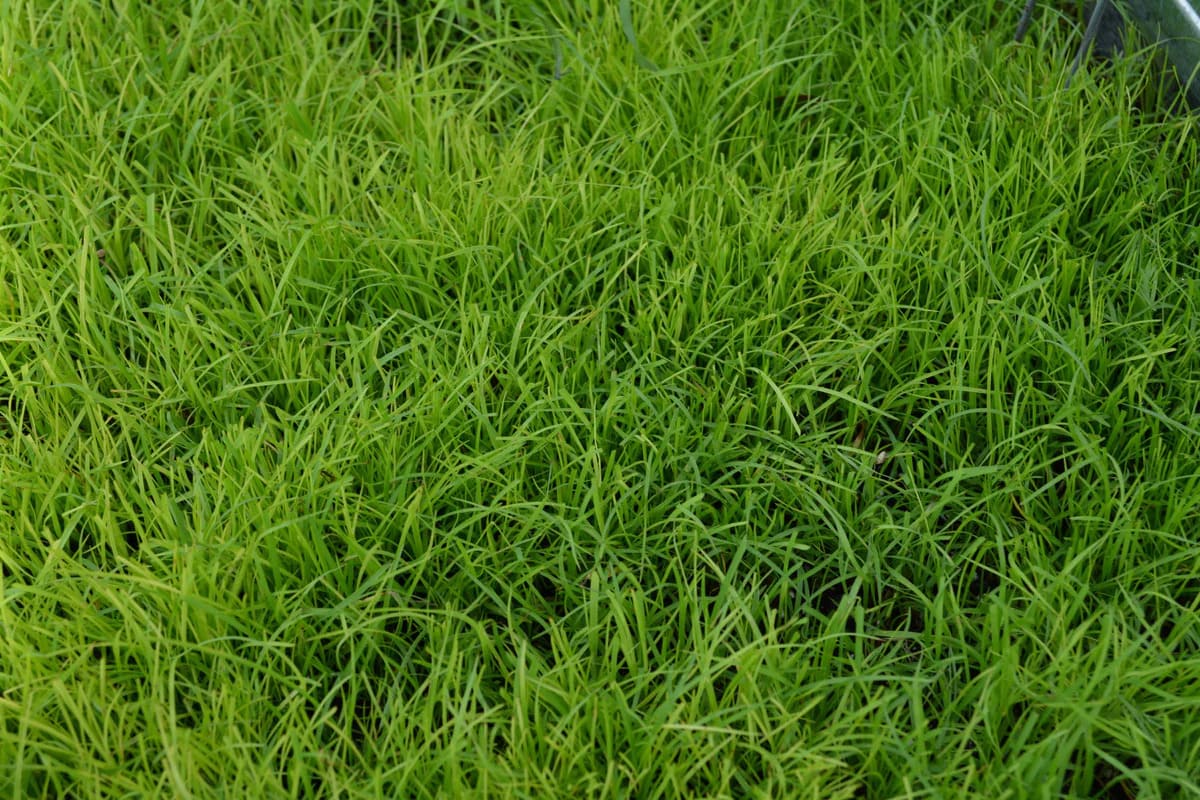
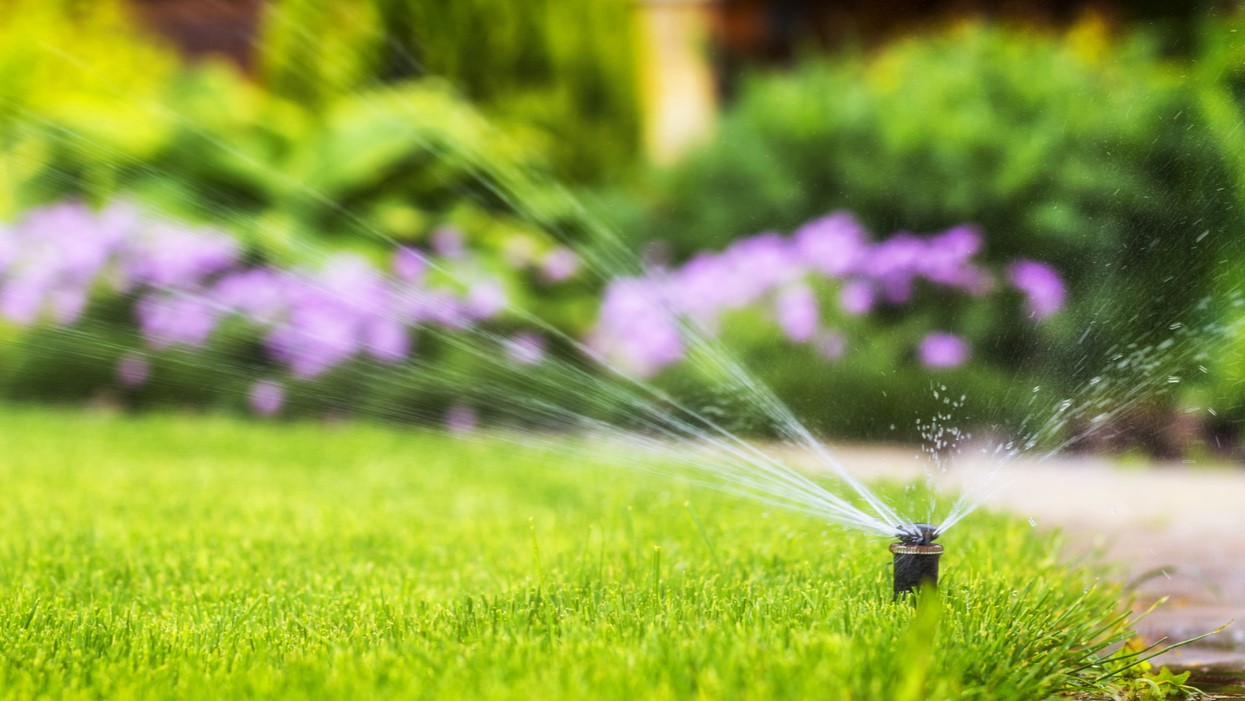
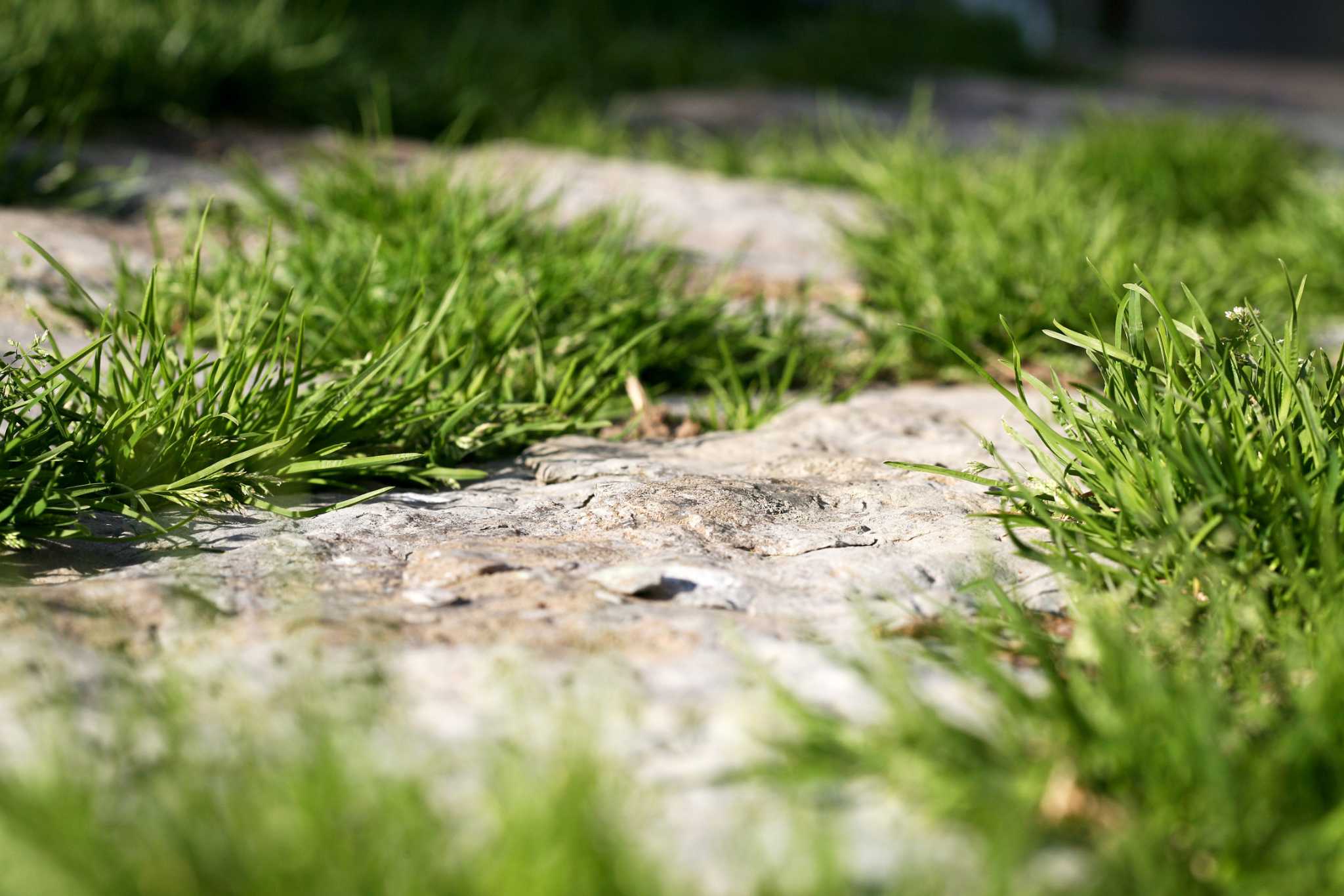
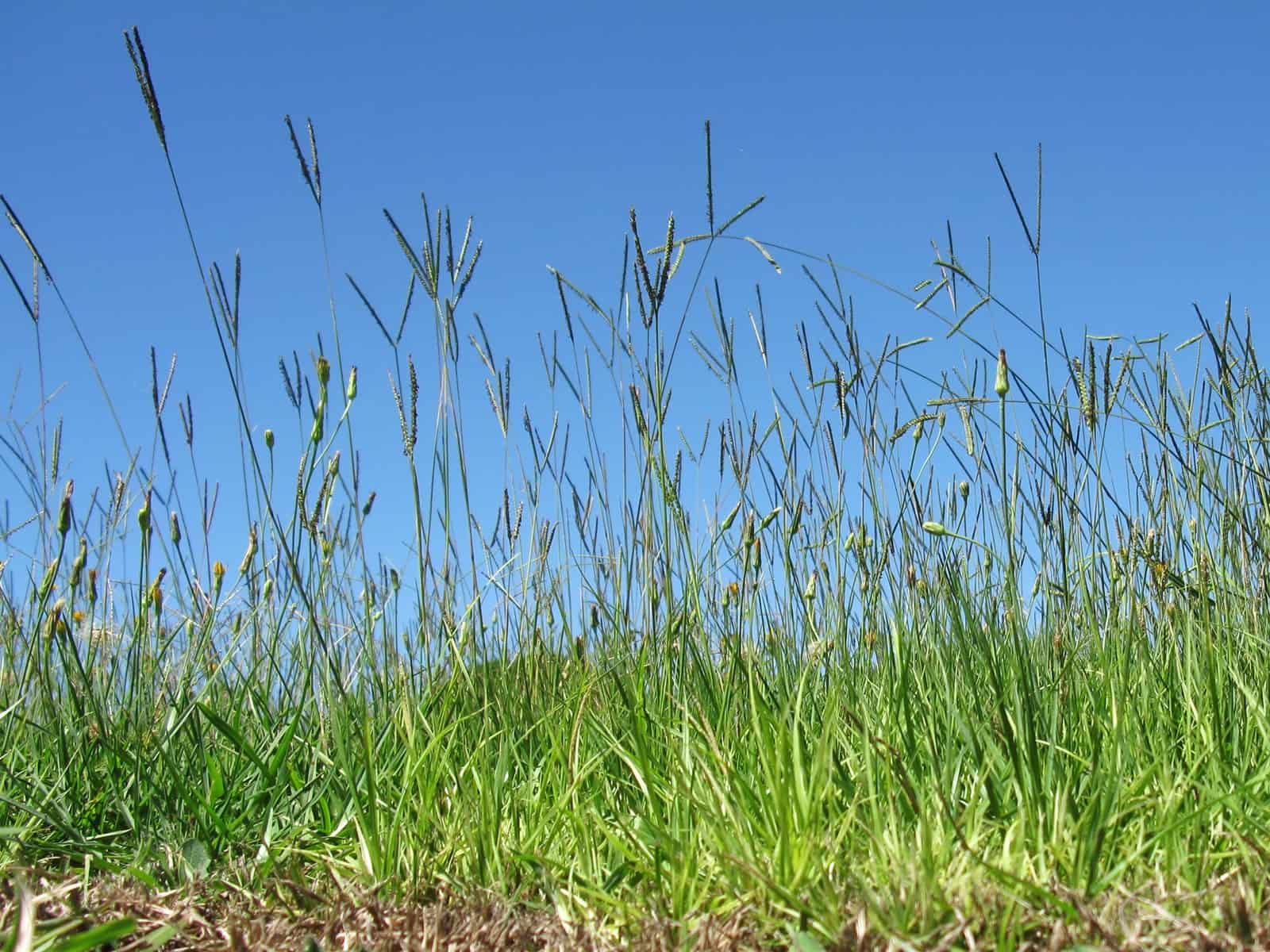
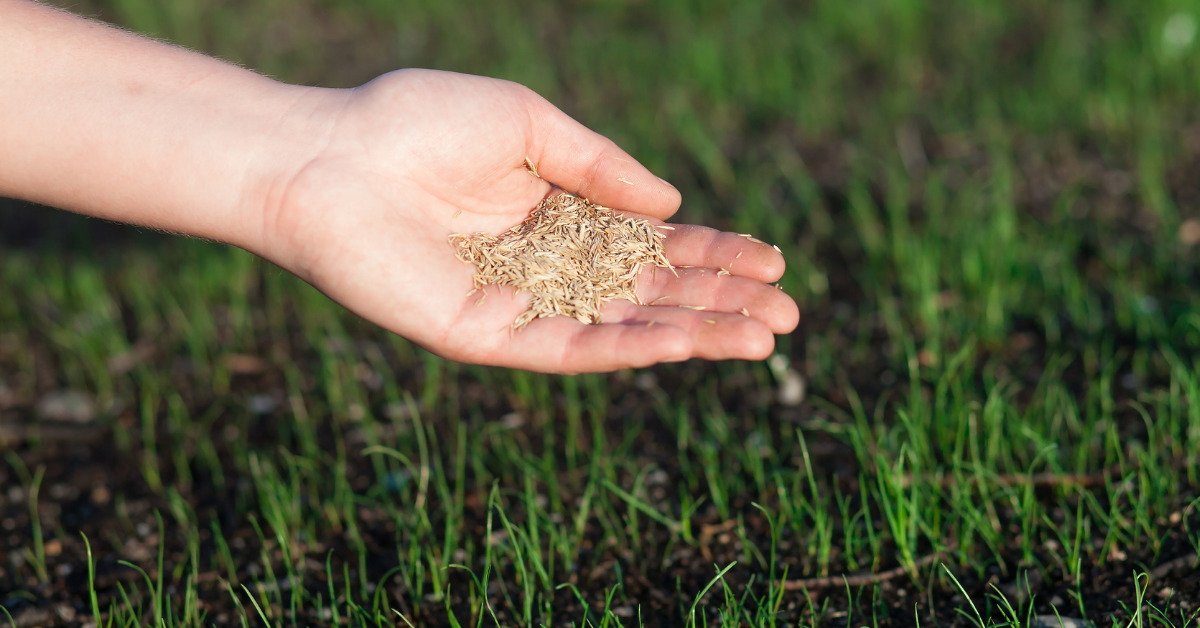
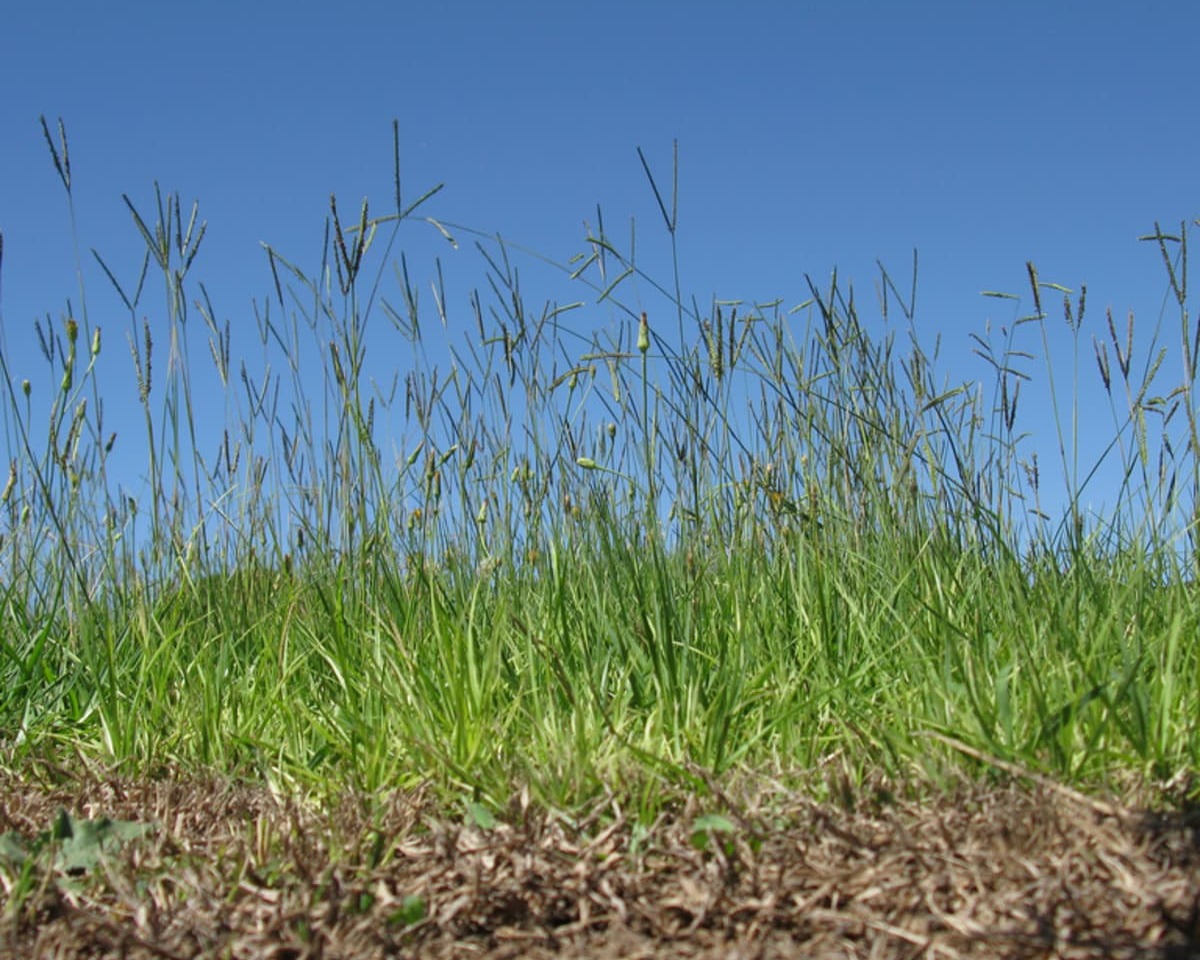

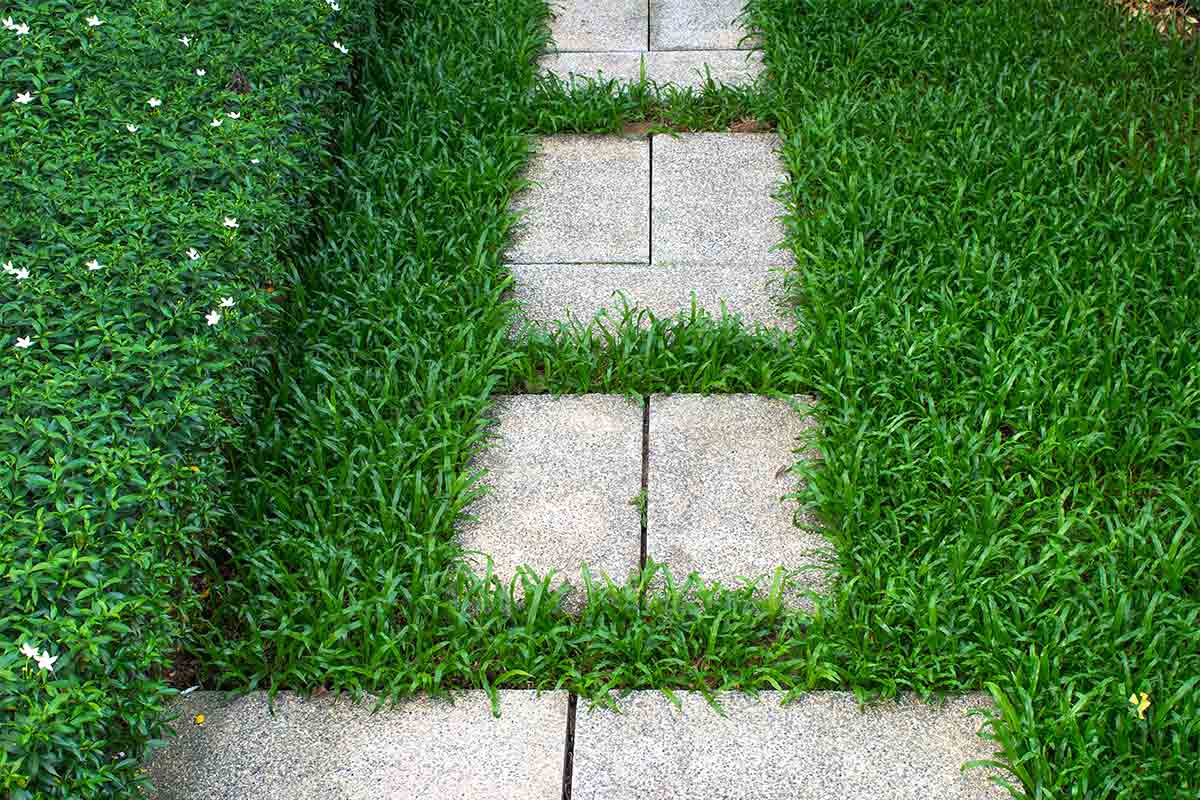
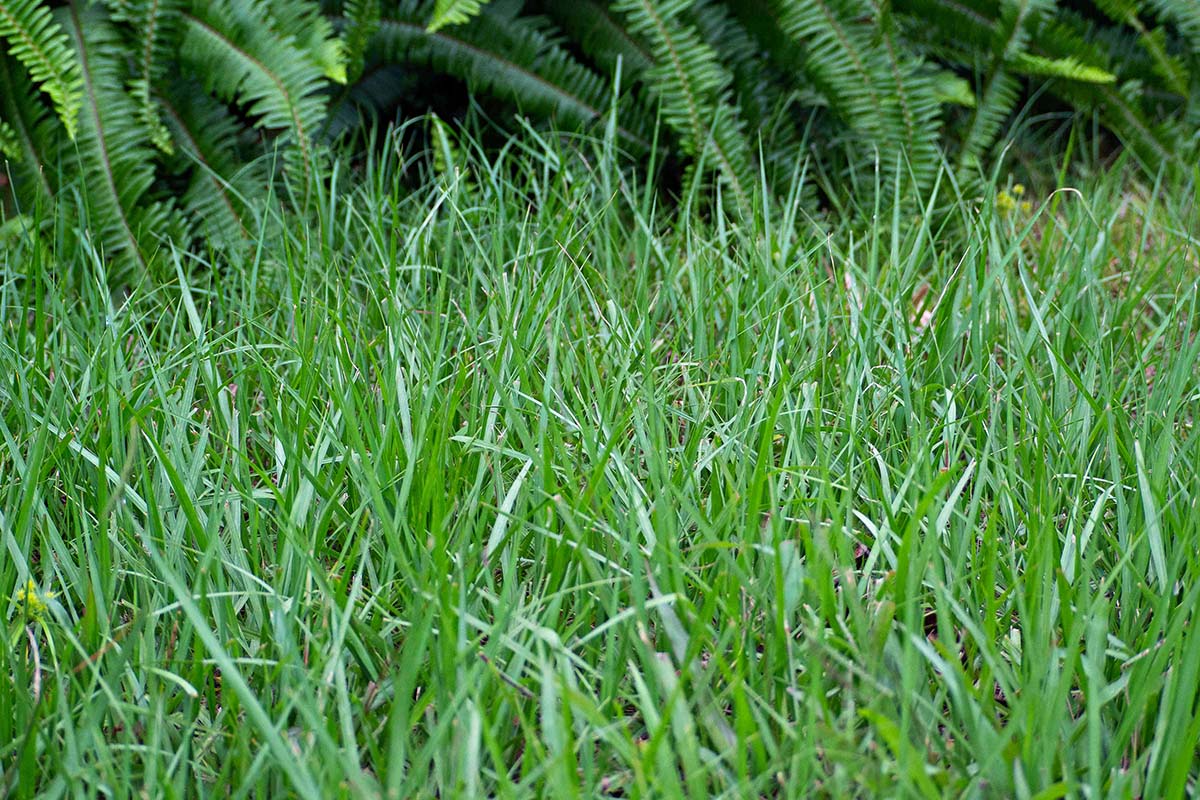
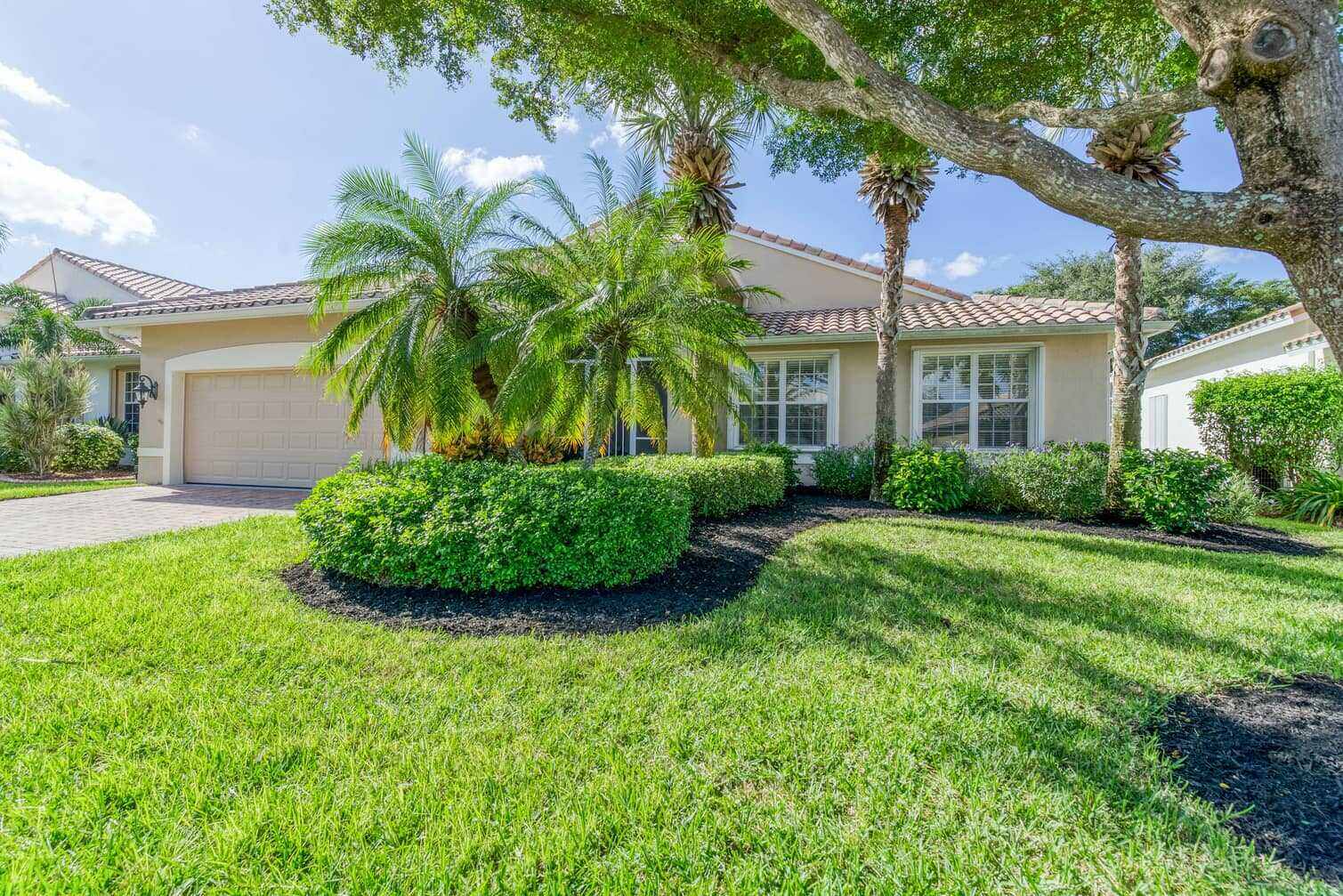
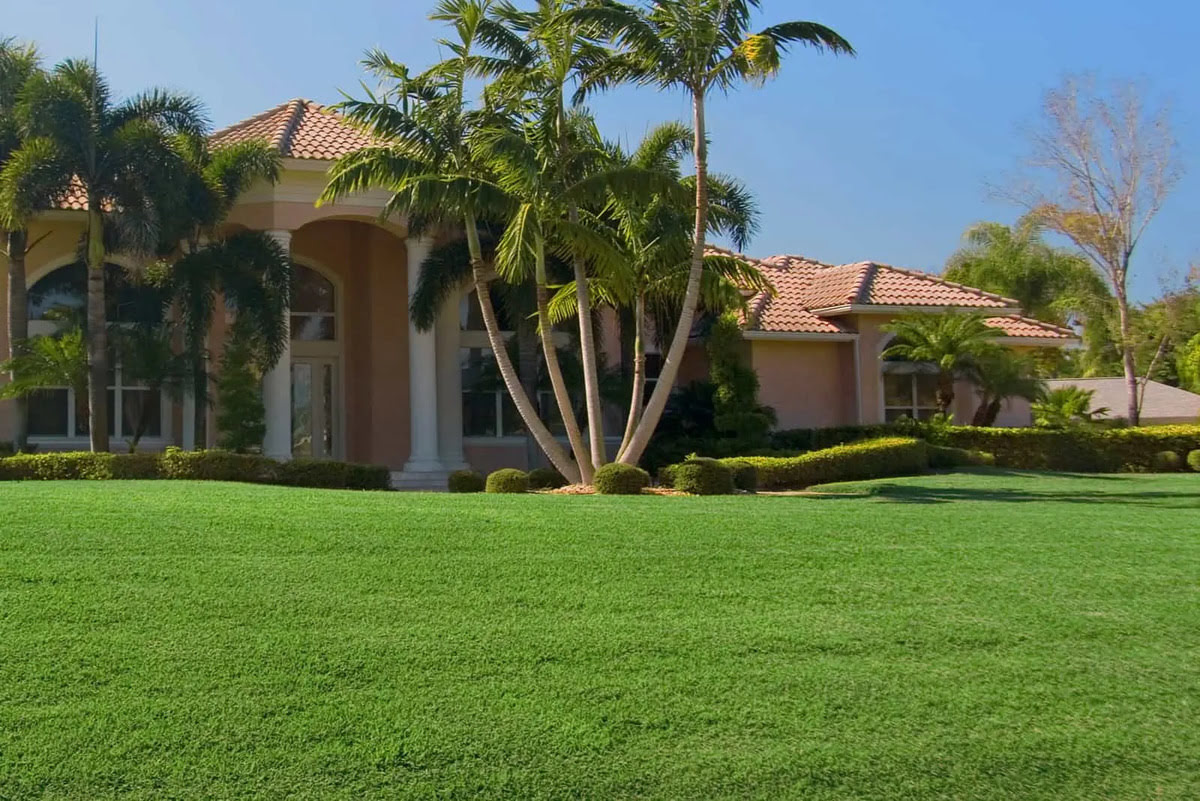
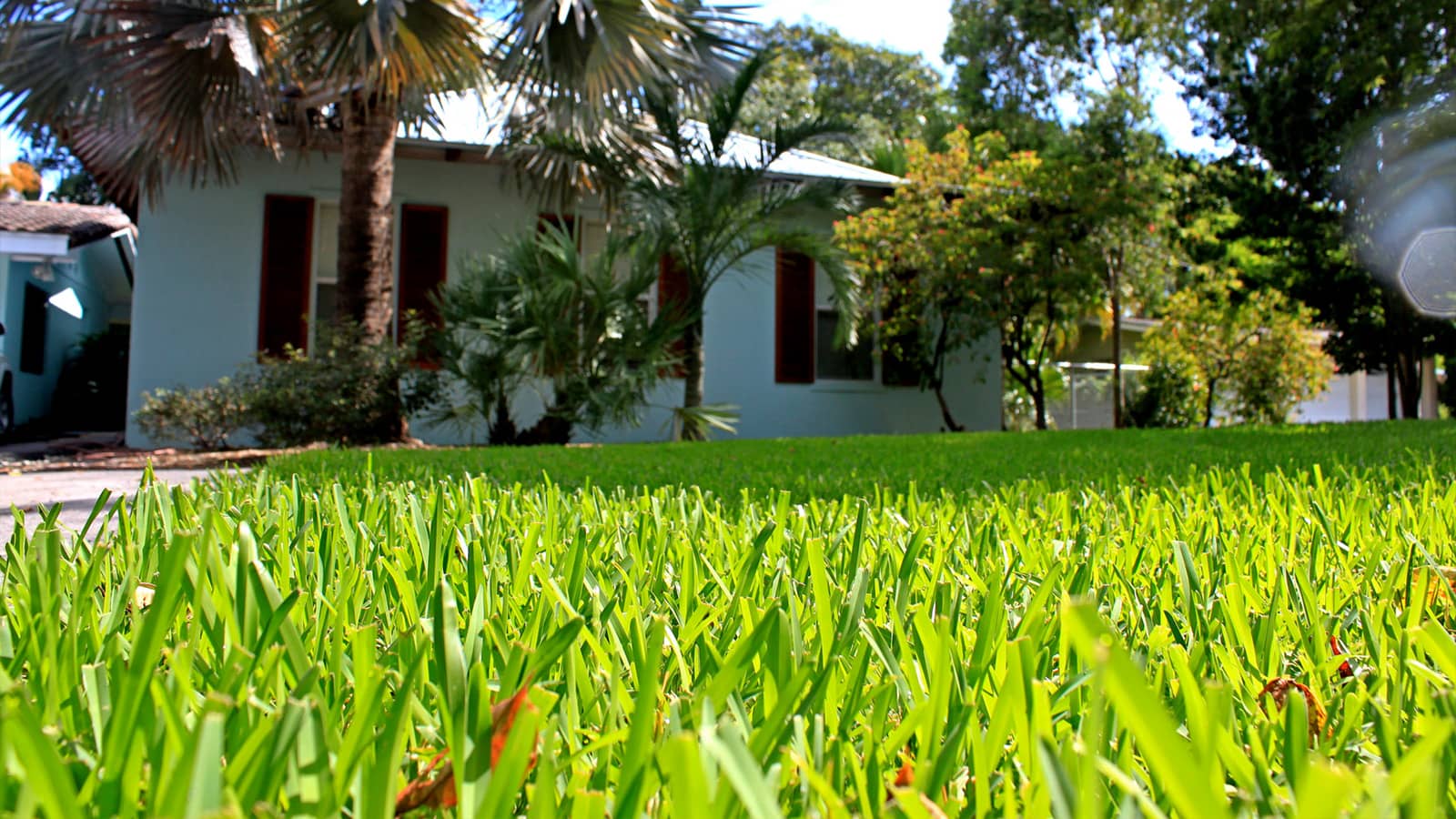
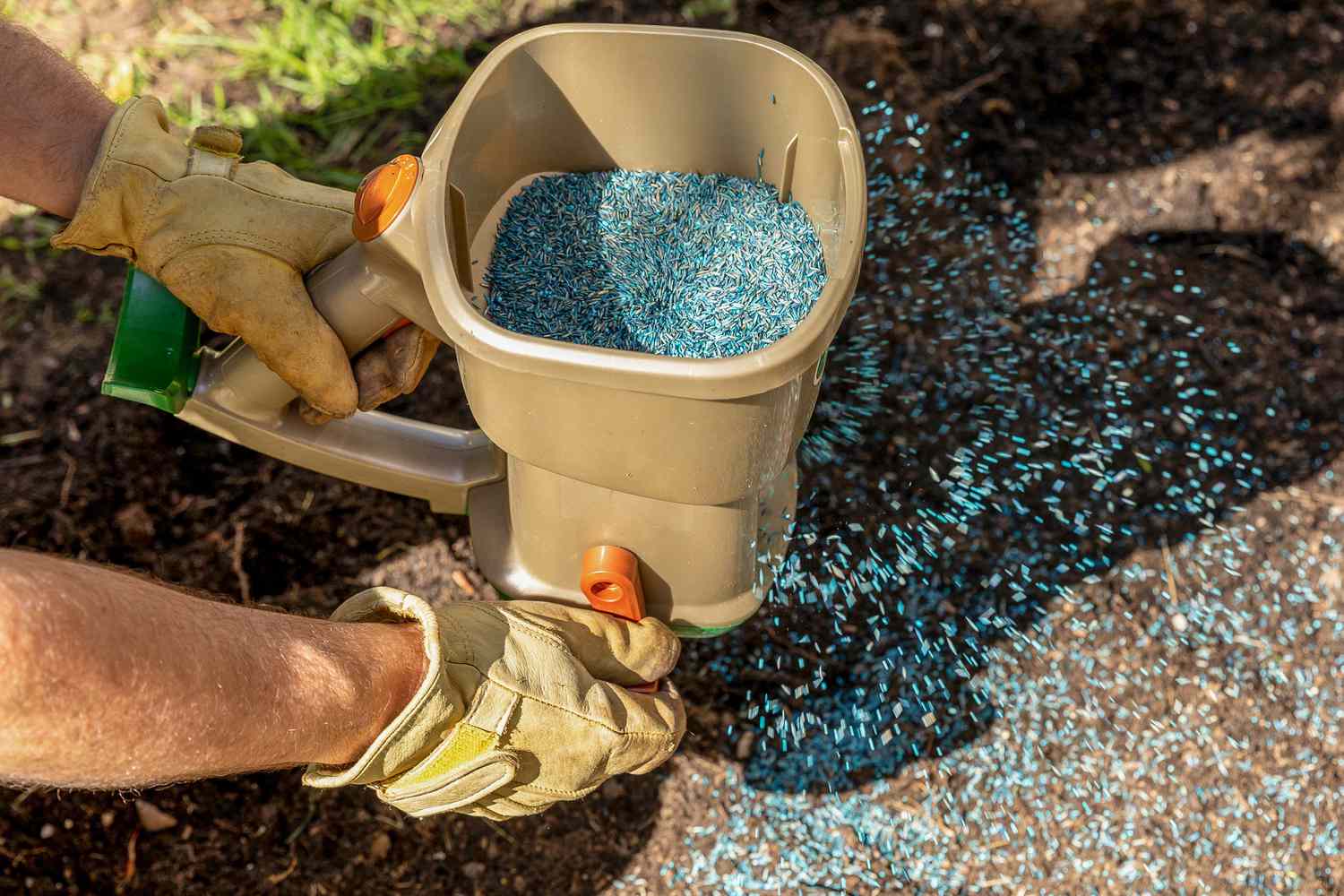

0 thoughts on “When To Seed Bahia Grass In Florida”